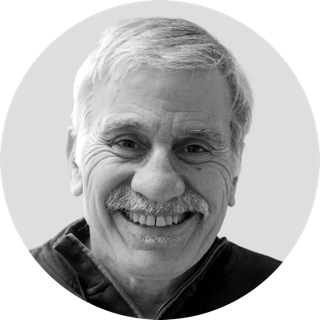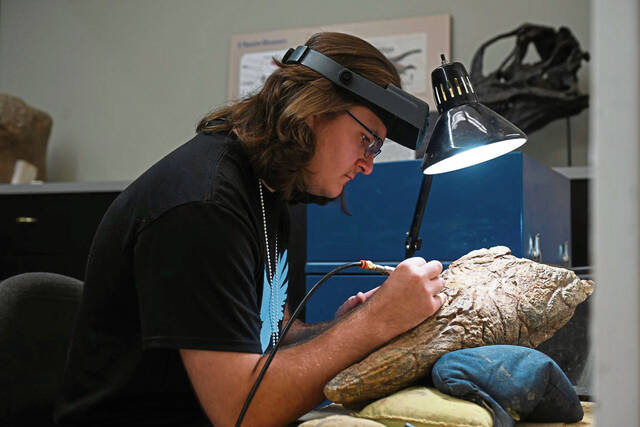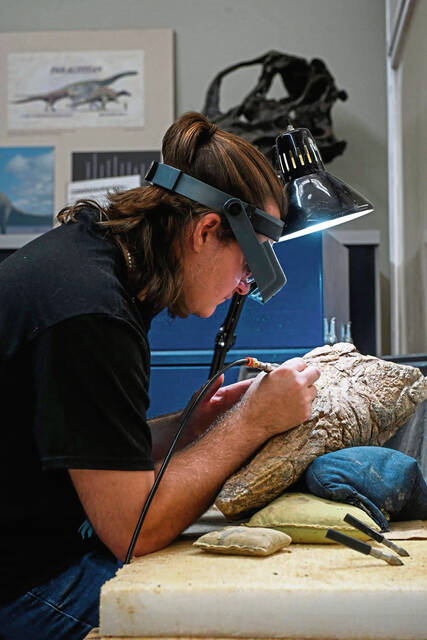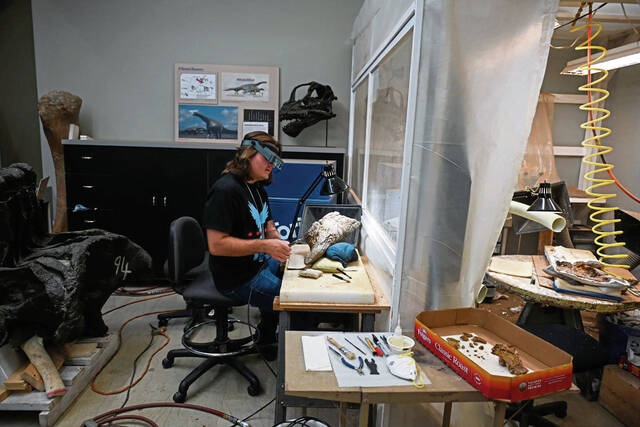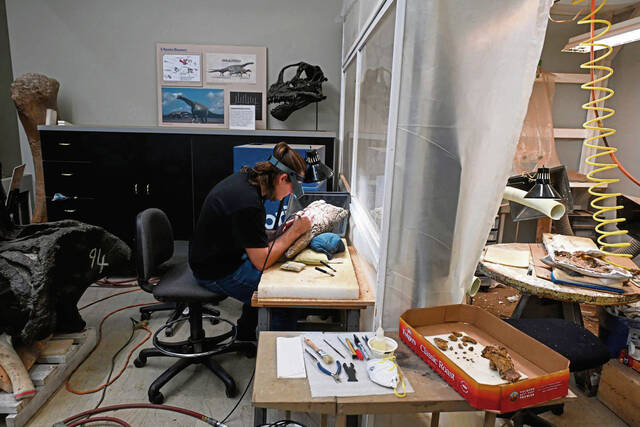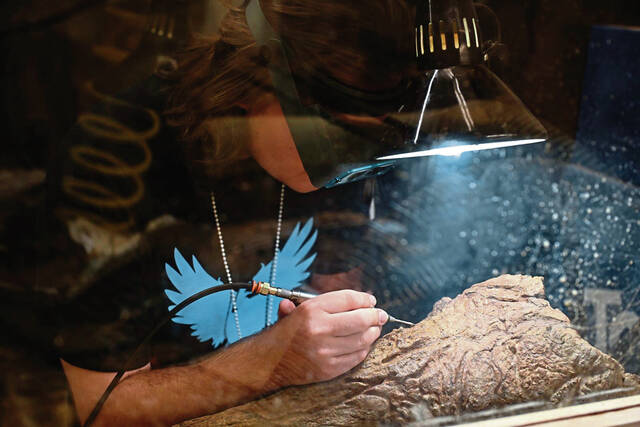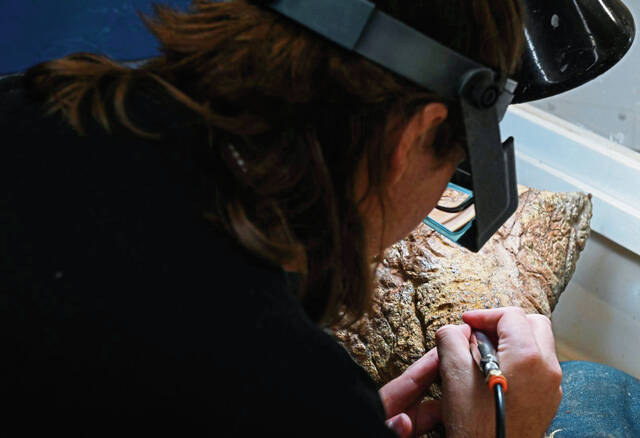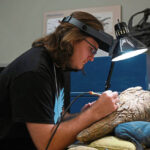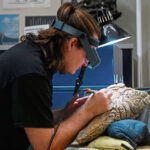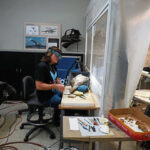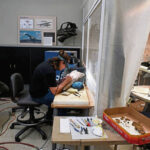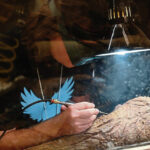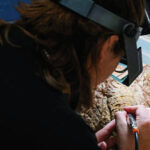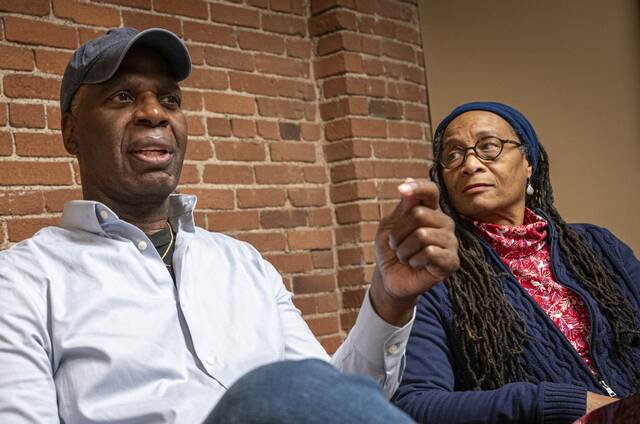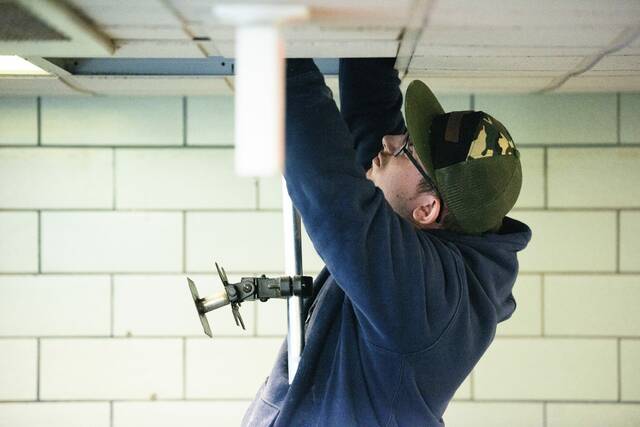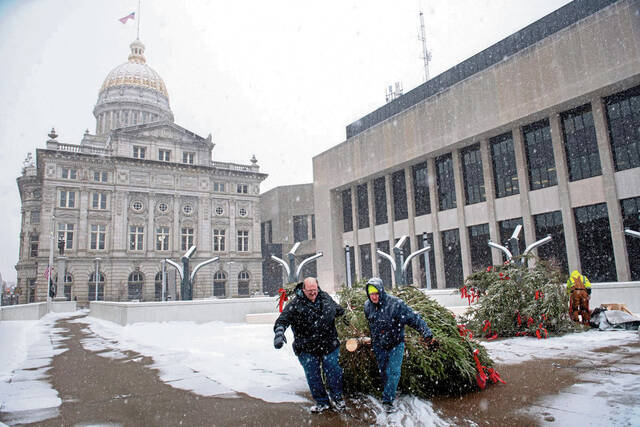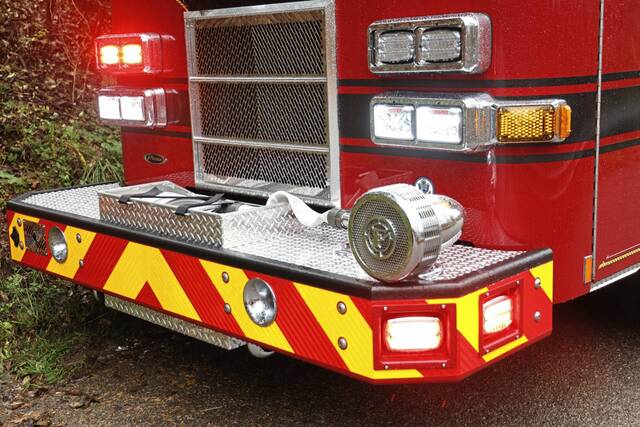Nick Hornicak of North Huntingdon digs dinosaurs, literally.
The 24-year-old Indiana University of Pennsylvania graduate student was part of a team of fellow dinosaur diggers who in June worked in the high desert of southern Wyoming. They unearthed about two dozen packets of dinosaur fossils that have been buried some 9,000 feet above sea level for about 73 million years.
“I climbed a mountain to take down a dinosaur,” Hornicak said of his time on the archaeological dig.
It was the second consecutive year he spent part of his summer vacation digging for dinosaur fossils in Wyoming. It’s the kind of activity a prospective vertebrate paleontologist might do for fun.
“I live and breathe this,” the Norwin grad said.
Hornicak volunteered for the work done under the auspices of the Cincinnati Museum Center, the lead museum on the project that has included Pittsburgh’s Carnegie Museum of Natural History the past two years, said Glenn W. Storrs, assistant vice president for science and research at the Cincinnati Museum.
The Cincinnati site will get the bulk of the fossils, but a few of them found this field season will become a permanent part of the Carnegie collection, said Matt Lamanna, curator of vertebrate paleontology and senior dinosaur researcher at the Pittsburgh museum.
The dig was conducted in an isolated part of federal Bureau of Land Management property, Storrs said.
The dinosaur dig in southern Wyoming is one of several paleontological excavations in the state, said Brent H. Breithaupt, the Bureau of Land Management regional paleontologist.
Hornicak described the land as akin to a dinosaur graveyard with fossils including duck bills, leg bones, jaw bones and brow horns encased in rock.
“Everywhere I sat, there was a bone underneath me,” Hornicak said.
And the best way to tell whether that piece of rock was a fossil was to lick it, he said, because the spongy bone cells stick to your tongue.
“I licked a lot of rocks,” Hornicak joked. He did not waste water to rinse off the bone before giving it the taste test.
The timing of the work is important, he said, because the dinosaur fossils usually are found in places of high erosion.
“You have to find them before they erode to dust,” Hornicak said.
Painstaking work
They took pains in their long working days to free the fossils from the surrounding rock, using hand and power tools to dig around and underneath the bones, Hornicak said. The fossils were lifted up, wrapped in burlap sacks then covered with white plaster “jackets” to protect them. Bones were carried off the mountain to a waiting vehicle for transportation, about a quarter-mile away, he said.
“We’re working on the Holy Grail of dinosaurs in this area,” which Hornicak said was the ceratops — a dinosaur with three horns, a head formed like a shield and a long tail.
Visitors to Carnegie Museum of Natural History can watch selected Wyoming-found dinosaur fossils being prepared in the PaleoLab, the museum’s glass-fronted paleontological laboratory, Lamanna said.
Hornicak also is volunteering with the Carnegie Museum of Natural History’s Paelo Lab, where he is using hand tools and power tools to remove rock and dirt from fossils to prepare them for study. The examples were brought back from digs at the Wyoming site last year, Hornicak said.
“It can take hours on end for this,” Hornicak said of the process of cleaning the bones.
The dig in 2024 led to the discovery of more than 100 fossil specimens, although most of these were not dinosaurs, but rather plants, turtles and fish, Storrs said.
To deter any private dinosaur collectors from following their path to finding the fossils, no one involved in the dig revealed the location in the vastness of southern Wyoming. Paraphrasing movie archaeologist Indiana Jones, Hornicak said “the fossils belong in a museum and not in a private collection.”
Jurassic Park fan
Hornicak said he became interested in dinosaurs as a boy after he saw the film “Jurassic Park.” He already was interested in science and became fascinated by the giant creatures.
“I was starstruck,” he said.
He received a geobiology degree from Penn State and plans to pursue a doctorate in paleontology after graduating from IUP next spring with a master’s degree in biology. A doctorate would put him in line for a high-level job in a museum, so he will be applying this year for doctoral positions, he said.
“I have both feet in the door (to get a doctorate). I can’t have a Plan B,” Hornicak said.

